Information Security. How to protect data and where to work for information security specialists?
Content:
Where to work for information security professionals
Conclusion
Information security is a set of measures and practices that are needed to protect information from threats, attacks, and illegal access. Professionals in this field need to try to ensure that information remains consistent, accessible and confidential. They always have a lot of work to do, because especially in recent times, corporate systems and personal data of users are increasingly threatened by cyberattacks and various technical failures.
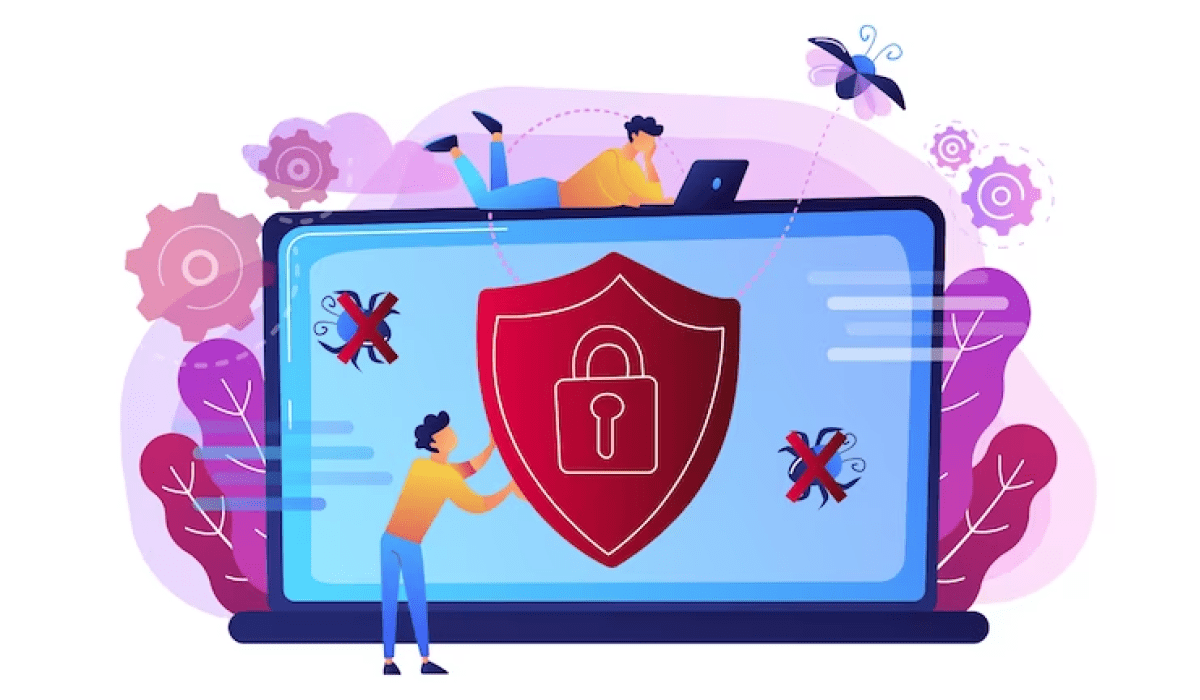
***
Why do you need information security?
If a few years ago all important information was written down on paper and locked in safes, nowadays secret data is mostly stored in virtual space. The essence of information security is to keep them safe from dangers that can damage, destroy information and even harm the owners.
DDoS attacks are considered one of the most dangerous threats in information security. They usually happen like this: many requests are sent to the victim's server until it is overwhelmed. This can cause the system to run slowly or fail altogether. The number of DDoS attacks is growing every day, and the cyber crooks themselves are constantly developing their skills.
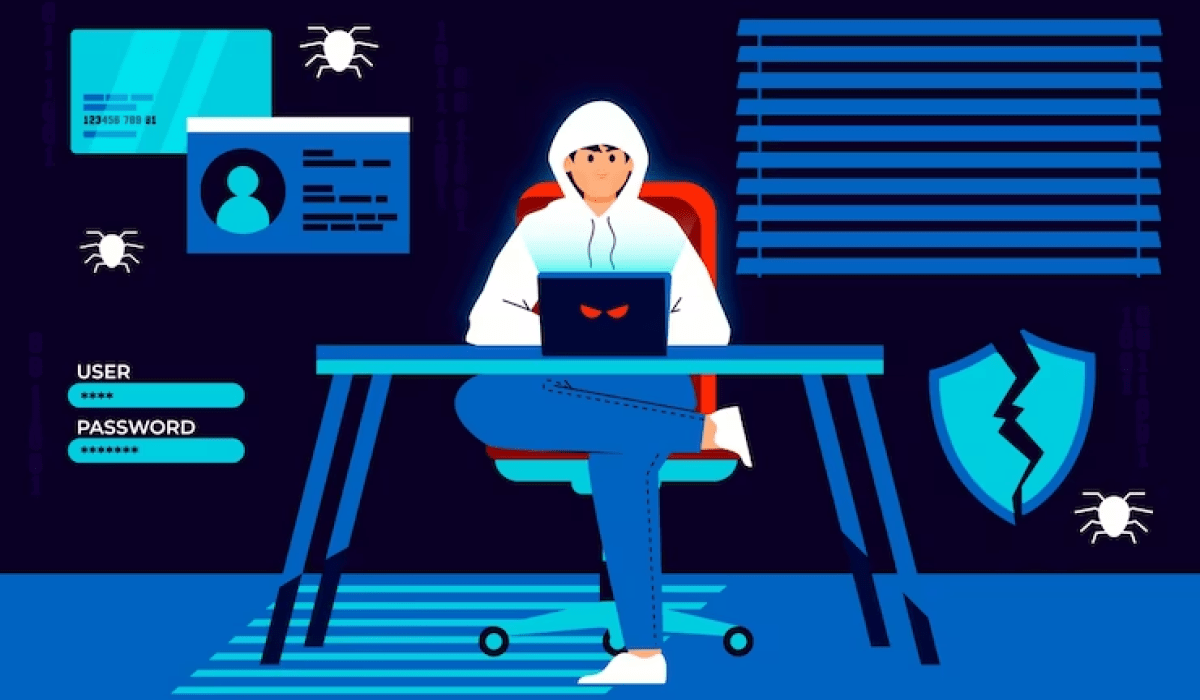
Expert opinion
StormWall co-founder Ramil Khantimirov"It is important to understand what is considered an attack. You can consider it a series of cyber incidents when hackers test different methods by attacking a single resource, or you can consider each attempt to bypass a defense as a separate attack. When looked at holistically, we see from our statistics that successful attacks last longer than usual. If earlier they lasted at most a day, now we see attacks that last for two or three days on companies with ineffective defenses".
For example, in March 2022, the Wildberries marketplace was subjected to a large-scale hacker attack. Users could not order or pay for goods or receive their parcels. All this brought losses and spoiled the mood not only for buyers, but also for sellers and marketplace owners.
Another important issue in information security is data leakage, that is, the improper disclosure of hidden or personal information. This can happen either through the fault of an attacker or because the data is poorly protected. Data leakage can lead to loss of money, loss of reputation and infringement of user rights.
In 2023, for example, PeopleConnect (owner of background check services TruthFinder and CheckMate) confirmed that hackers stole the personal data of about 20 million subscribers by accessing a backup database. The stolen personal data was posted on a hacker forum. And here note that it is the responsibility of the owners of the information to leak it.
How do you protect your information?
There are three main principles of information security:
1. Confidentiality is one of the main principles of information security.
It means that information can only be viewed by strictly defined people.
For example, if the person does not work for the company in question (even developers often do not have access to the information on the servers. It's all double-encrypted. The developers do not have keys to them), then access to internal servers is closed for him.
For example, in social networks a person can hide certain data and it will be visible only to him or a narrow circle of friends, because this information is confidential. If this principle is violated, the hidden data can be seen by everyone.
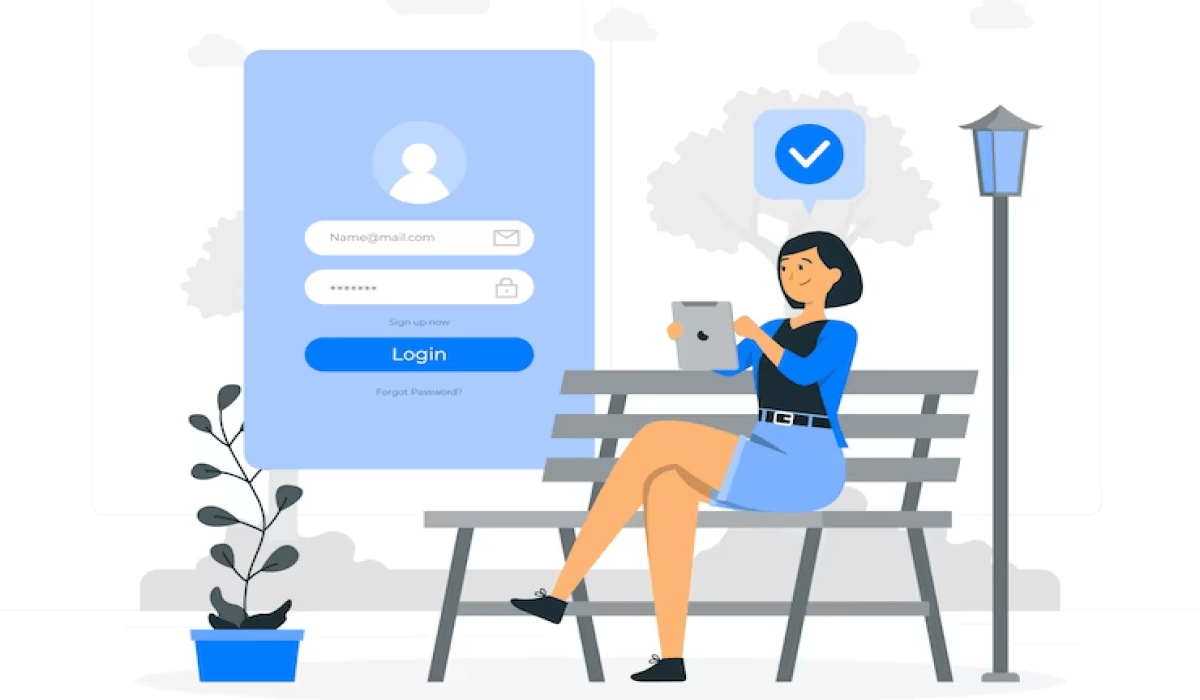
2. Accessibility means that only those who have access can use the information.
Let's say that to listen to free training lectures, a user first needs to register in his personal account. Otherwise, some content may not be available. As another example, only the owner of the e-wallet can access the e-wallet and only after registration and official confirmation of his data.
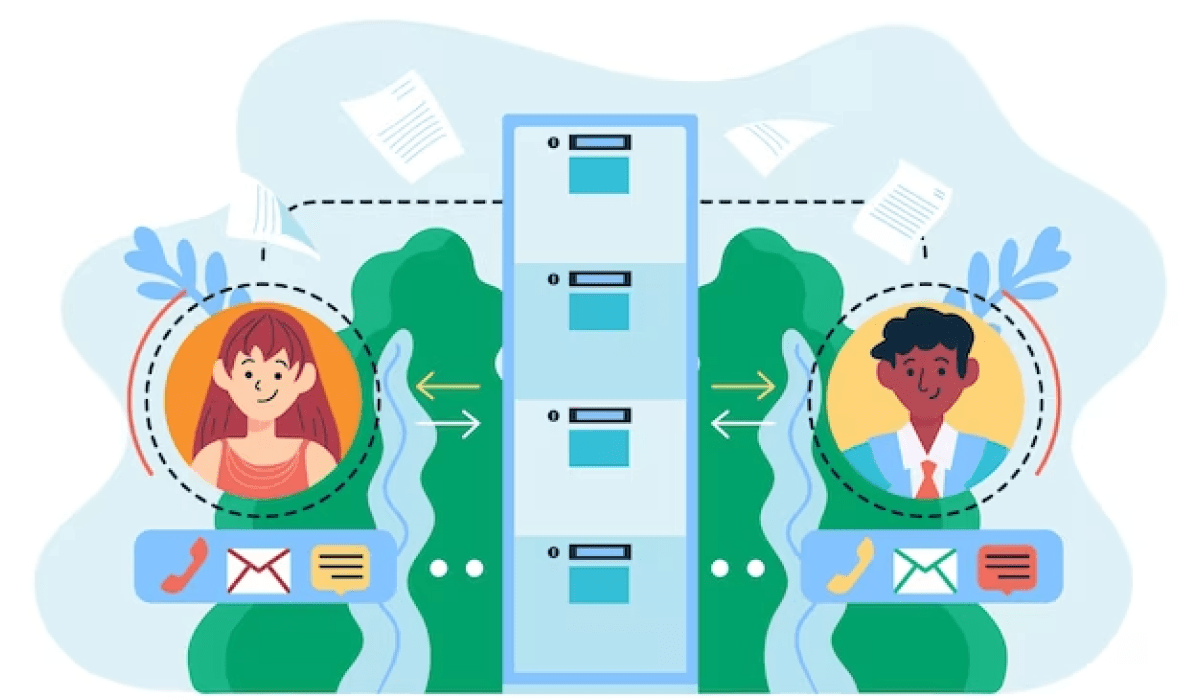
3. Integrity - this principle of information security means that no one but the copyright holder can change the information.
It is published in its entirety. An example of this can be cases of fraud in social networks, when on behalf of a particular person, using his personal data, a collection of funds is conducted, for example, for a non-existent operation. It turns out that the integrity of personal data is compromised, the information added by fraudsters is distorted and untrue.
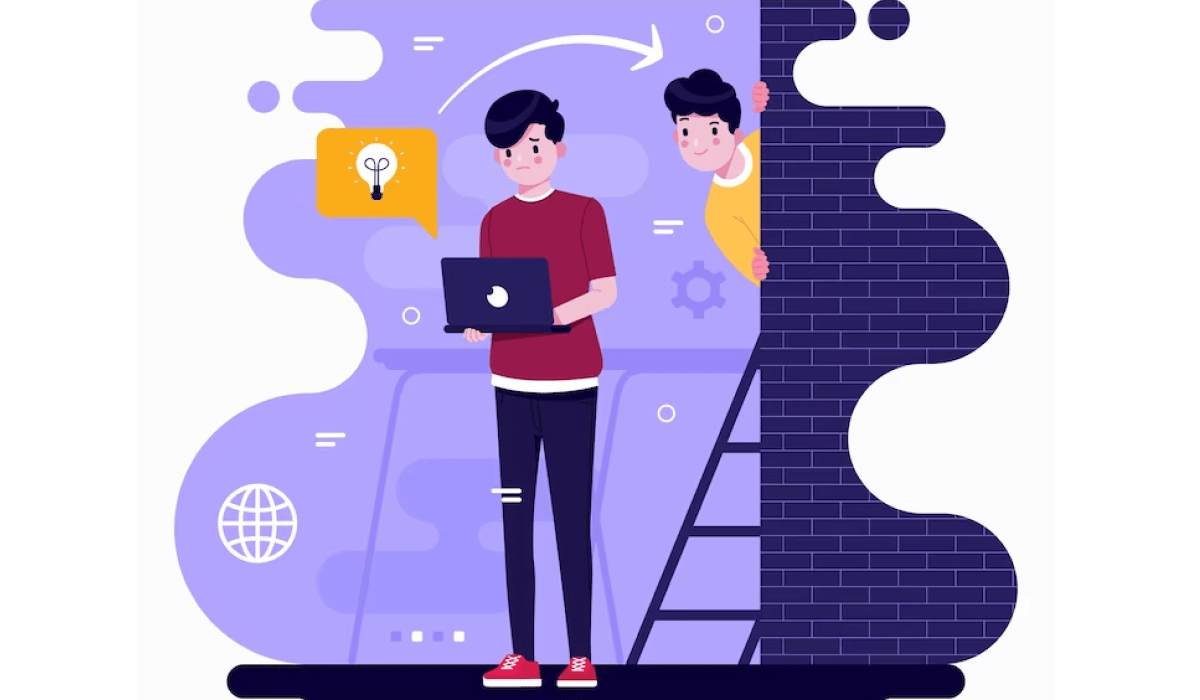
Information protection means
In order to protect information from threats, specialists use different tools that can be categorized into groups:
Hardware means of information protection
These are different types of devices, equipment that help in securing information.
The first group of devices are things like locks, bars on windows, and alarm systems. They prevent unwanted physical penetration. The simplest example of such a means of protecting information is setting a password to log in to mobile banking. Even if a scammer does get to your phone, they still won't have access to your cards.
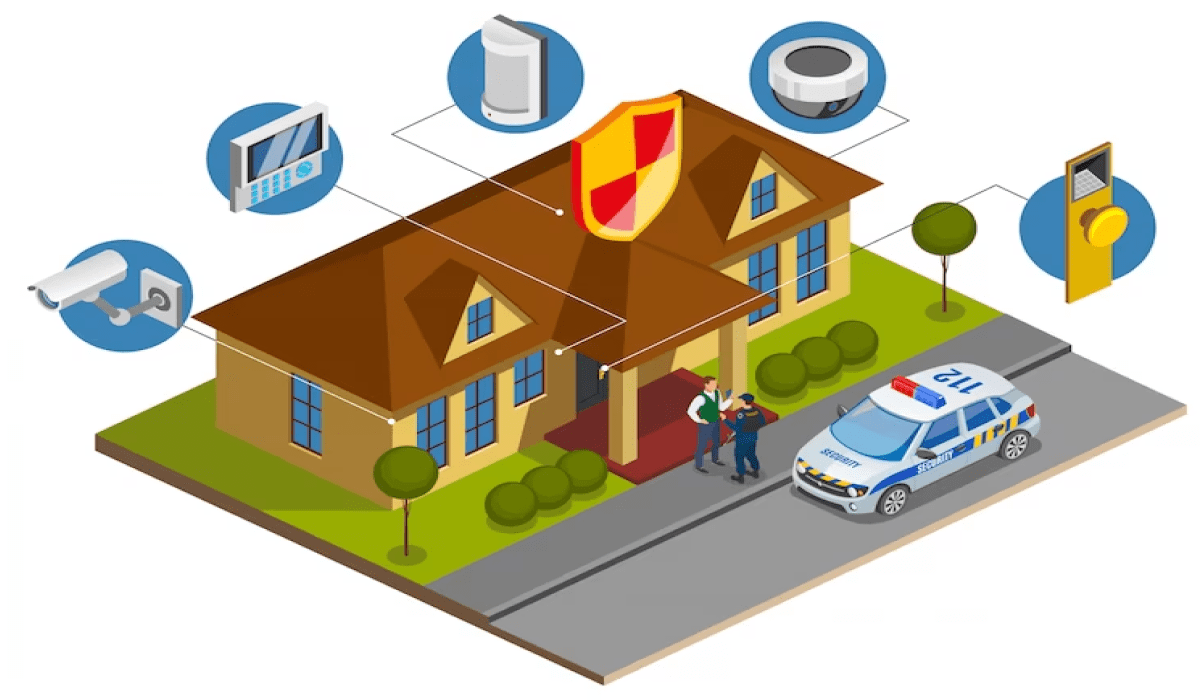
The second group are devices such as noise generators, surge protectors and radios. They help detect and block suspected information leakage paths, such as eavesdropping or unauthorized access to data.
Information protection software
These are programs that can be used to control access, identify the user, and encrypt information. These software defenses are simple to install, trustworthy, and can make a difference. But, they also have disadvantages: the software may limit the user's capabilities, it is quite likely to use individual file server data, and it may also limit the network. Antivirus software, attack detection tools and firewalls (built-in security tools that control computer access, incoming and outgoing network traffic) are popular here.
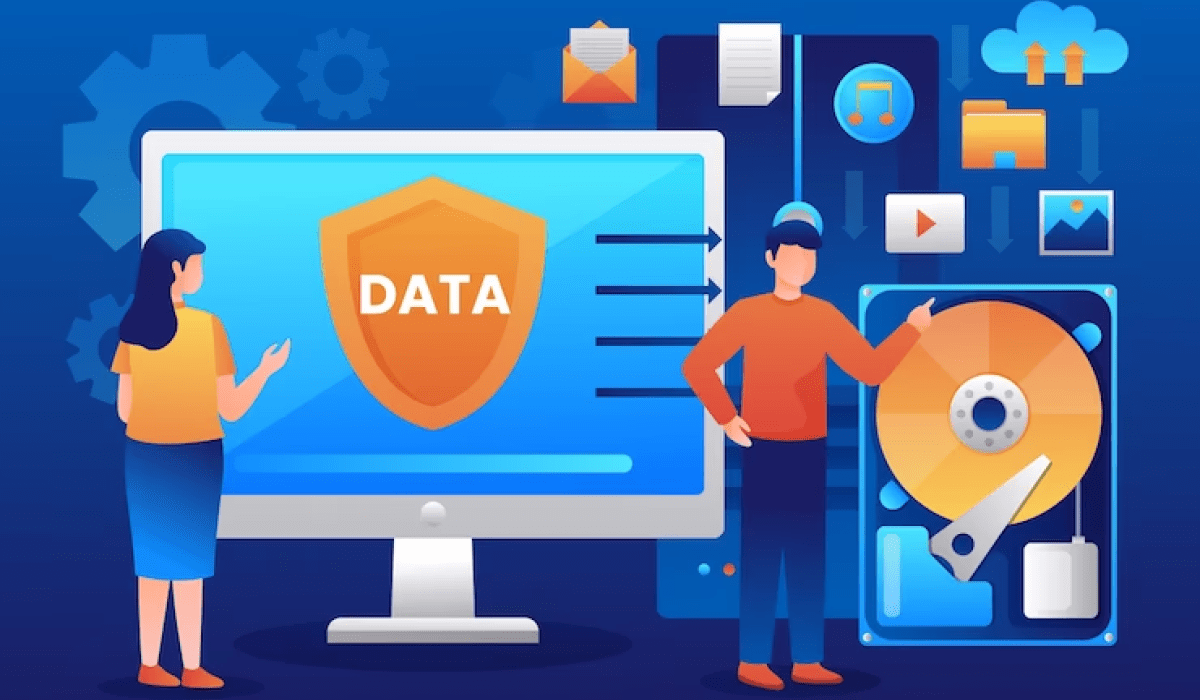
Organizational means of information protection
These protections include, for example, information security training for employees. If employees take regular courses and are told what information security is all about and how to protect data, internal breaches will be less likely.
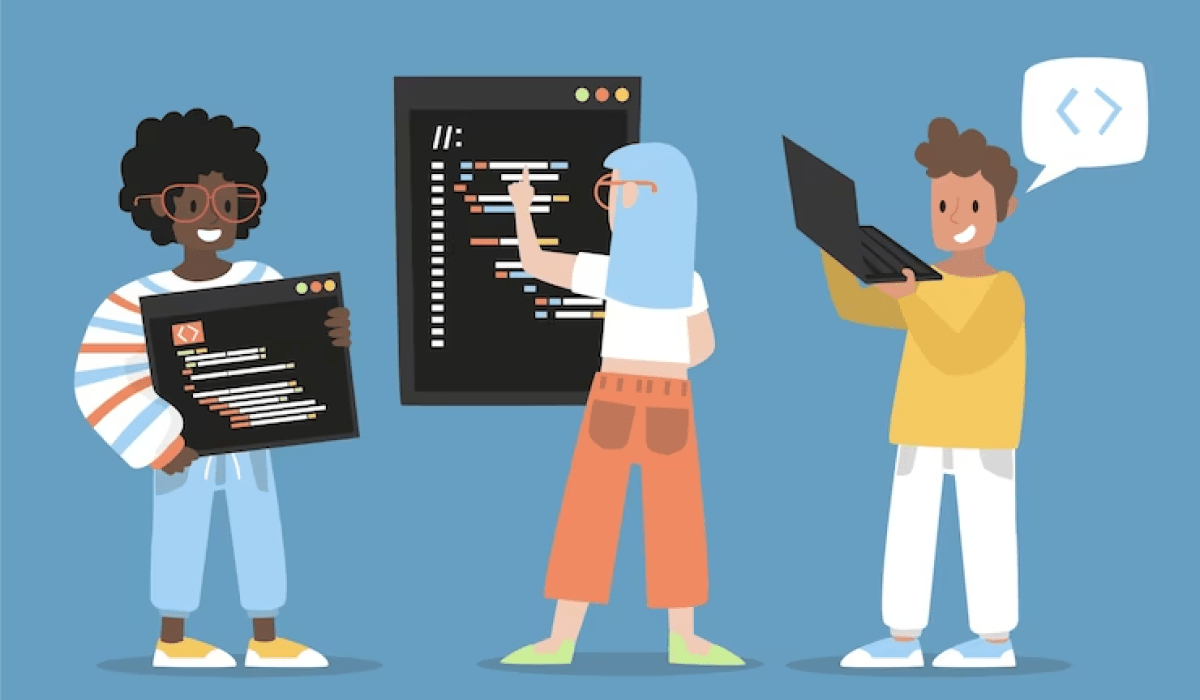
Information protection methods
The main methods of information protection include:
Cryptography is a technology that helps encrypt information. With the help of different algorithms, keys, the system can stop access to information even if it is stolen or lost. Cryptography is used, for example, to create signatures in banks or when receiving electronic documents on a government services portal.
Block chain is a way to transfer and store data using blocks that are sequentially linked together. Here is an example from life: a woman tells a story to her children, who in turn pass it on to their children and it turns out that this story passes from generation to generation. And if someone decides to change the story, the new version will be available to all family members and they can compare it to the original. Thus, the original story will not change. Note that this method of data protection is considered reliable. It allows you to protect your data from spoofing.
Firewalls are software devices. They can monitor and filter traffic passing through the network. This method of protecting information helps to stop hacker attacks.
IPS systems - can detect and stop intrusion into computer systems. Using different algorithms they monitor traffic and take action if needed.
DLP systems - help prevent the leakage of confidential information. They control data transfer, monitor user activity.
EDR systems - monitor activity in computer systems and if they notice strange activity or any attacks, they immediately begin to act to prevent the threat.
UBA analytics is a technique that analyzes how users behave to detect suspicious activity. Here, a machine learning algorithm is used and a large amount of data is taken as a basis.
***
Where are the specialists to work?
Jobs for an information security specialist are plentiful in today's labor market. Employees in this field are needed in almost every organization. The case is quite complex and responsible, so the payment is usually higher than average. As of September 2023, there were about 300 vacancies for specialists in this field in Moscow alone.
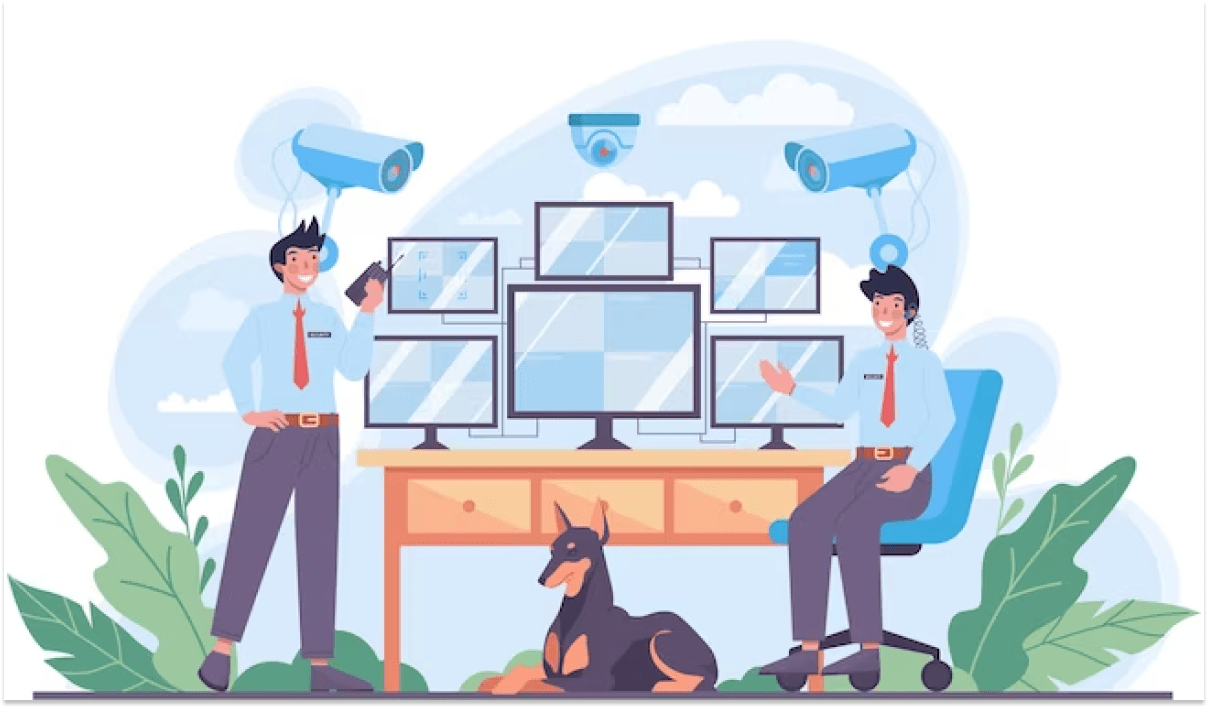
Information security professionals have many job opportunities. They can get jobs in government agencies, banks, large corporations, and consulting firms. Information systems security professionals often work as system administrators or security analysts. They are responsible for securing enterprise information systems, monitoring network activity, and identifying threats.
Information systems security specialists may work for a software company. Their main tasks are to safeguard data, check program code for security, and conduct audits and system testing.
Another interesting area for information security professionals is consulting activities. They can either be independent consultants or part of a team. These employees will need to provide expert advice on how to improve security on the network so that information is not made available to everyone.
To become a successful information security professional, you not only need to be well-versed in the business, but you also need to keep up-to-date on new threats in the world of digital security. For a true professional, it's not enough to just get a degree or read an article about cybersecurity, you need to develop all the time. At CODDY, the training course will suit both professionals who want to learn new competencies and those who are just taking their first steps in this field.
Today, even children are interested in this area of knowledge. The CODDY cybersecurity course is designed for children from 7 to 12 years old. During the classes, students will not only learn the basics of information security, but also learn how to protect personal data, which will help them not to become victims of Internet fraudsters. Follow the link and gain valuable and practical knowledge!
***
Conclusion
We can safely say that information security is a vital necessity for each of us. Cybercriminals are not sitting idle, but are improving their skills and hunting for information every day. That's why professionals in this field are required more and more. There is a lot of work in information security, the main thing is desire, a broad outlook and constant improvement of knowledge.





